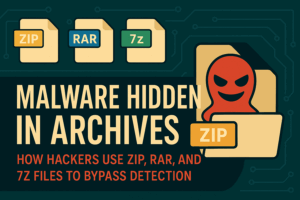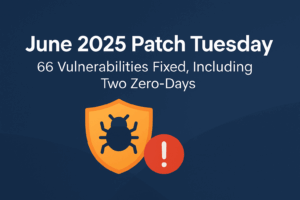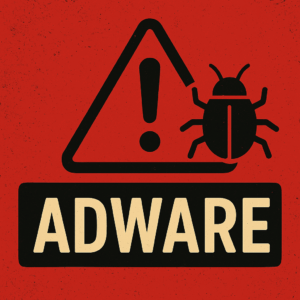Protecting your private conversations is more important than ever. End-to-end encryption (E2EE) has become a buzzword in the world of secure communication, but what exactly is it, and why does it matter? In this blog post, we’ll explore what E2EE is, how it works, its benefits and drawbacks, and the best services offering this vital technology.
What Is End-to-End Encryption?
End-to-end encryption is a security method that ensures only the sender and recipient of a message can read its contents. Unlike traditional encryption, which might allow service providers or other intermediaries to access data, E2EE encrypts the data on the sender’s device and decrypts it only on the recipient’s device. This means no one—not even the messaging service provider—can see the messages.
Why Is End-to-End Encryption Important?
With increasing threats of cyberattacks, data breaches, and surveillance, E2EE provides peace of mind by ensuring:
- Privacy: Your messages remain confidential, even from the service provider.
- Security: Sensitive information like passwords, financial details, or personal documents is protected.
- Trust: You can communicate freely without fear of eavesdropping.
How Does End-to-End Encryption Work?
The magic of E2EE lies in encryption keys:
- Encryption on Sending Device: When you send a message, your device encrypts it using a unique encryption key.
- Transmission: The encrypted message travels to the recipient over the internet. Even if intercepted, it looks like random, unreadable data.
- Decryption on Receiving Device: The recipient’s device uses its private key to decrypt the message, restoring it to its original form.
- Key Management: Only the sender and recipient have access to the keys—no one else.
Advantages of End-to-End Encryption
E2EE offers several compelling benefits:
- Unmatched Privacy: Only you and the intended recipient can access the conversation.
- Enhanced Security: Even if a hacker intercepts the message, they cannot decipher it.
- Peace of Mind: Your communications are protected from surveillance or unauthorized access.
Limitations of End-to-End Encryption
While E2EE is highly secure, it’s not without challenges:
- Metadata Exposure: E2EE doesn’t hide metadata such as who you’re communicating with and when.
- Key Management Risks: Losing your encryption key means losing access to your data permanently.
- Law Enforcement Challenges: Governments and agencies cannot access E2EE messages, even for legitimate investigations, sparking debates about regulation.
Top Messaging Apps with End-to-End Encryption
If you’re ready to secure your conversations, here are some of the best E2EE messaging apps:
- Signal
- Known for its robust security and open-source platform.
- Minimal data collection.
- WhatsApp
- E2EE enabled by default for all users.
- Widely popular with over 2 billion users worldwide.
- Telegram (Secret Chats)
- Offers optional E2EE for one-on-one “Secret Chats.”
- iMessage
- Provides E2EE for Apple users.
- Note: Backups to iCloud may compromise security.
- Threema
- Privacy-focused and does not require a phone number to use.
When Should You Use E2EE Messaging?
E2EE is essential whenever:
- You share sensitive information such as passwords, financial data, or private photos.
- You need to ensure confidentiality in business communications.
- You want to avoid surveillance or censorship in restrictive regions.
Conclusion
End-to-end encryption is a vital tool in protecting your online privacy. By using messaging apps with E2EE, you can ensure your conversations remain confidential and secure, free from prying eyes. While it has its limitations, the benefits far outweigh the drawbacks, making it an essential part of modern digital communication.
Want to stay safe online? Start using an end-to-end encrypted messaging app today and take control of your privacy.
Share your thoughts: Which E2EE app do you use, and why? Let us know in the comments below!

Founder of ToolsLib, Designer, Web and Cybersecurity Expert.
Passionate about software development and crafting elegant, user-friendly designs.
Stay Updated with ToolsLib! 🚀
Join our community to receive the latest cybersecurity tips, software updates, and exclusive insights straight to your inbox!










